|
vSphere 8.0 Update 1 is the latest release of this platform, and it comes with a host of new features and capabilities that enhance the efficiency and reliability of IT operations.
One of the key new features is the vSphere Configuration Profiles, which allows you to manage ESXi cluster configurations by specifying a desired host configuration at the cluster level. This means that you can define a set of configuration settings that you want all hosts in a cluster to conform to, such as firewall rules, user accounts, and network settings. You can then automate the scanning of ESXi hosts for compliance to the specified desired configuration and remediate any host that is not compliant. This helps you ensure consistent and secure configurations across your infrastructure. To use vSphere Configuration Profiles, you need to use vSphere Lifecycle Manager images to manage your cluster lifecycle, a vSphere 8.0 Update 1 environment, and either an Enterprise Plus or vSphere+ license. vSphere 8.0 Update 1 also adds support for various technologies such as NVIDIA BlueField-2 DPUs to server designs from Lenovo and Dell, AMD Genoa CPU-based server designs from Dell, and UPTv2 for NVIDIA BlueField-2 DPUs. It also removes the requirement that all vGPUs on a physical GPU must be of the same type and allows you to set different vGPU profiles, such as compute, graphics, or Virtual Desktop Infrastructure workload, on one GPU to save cost by higher GPU utilization and reduced workload fragmentation. Another major enhancement in vSphere 8.0 Update 1 is the integration of VMware Skyline Health Diagnostics with vCenter. This self-service diagnostics platform is integrated with the vSphere Client and allows you to detect and remediate issues in your vSphere environment. Additionally, vSphere 8.0 Update 1 introduces VM-level power consumption metrics, which allows vSphere admins to track power consumption at a VM level to support the environmental, social, and governance goals of your organization. vSphere 8.0 Update 1 also adds support for NVSwitch, which enables you to run high-performance computing (HPC) and AI applications such as deep learning, scientific simulations, and big data analytics, which require multiple GPUs working together in parallel. Moreover, vSphere 8.0 Update 1 allows you to use third-party identity security provider Okta to log in simultaneously to vCenter and NSX Manager by using the same token and password. Other enhancements in vSphere 8.0 Update 1 include support for Fault Tolerance of virtual machines that use a virtual TPM (vTPM) module, Quick Boot support for servers with TPM 2.0 chips, vSphere API for Storage Awareness (VASA) version 5 for vSphere Virtual Volumes, sidecar files become regular files in Config-vVol instead of vSphere Virtual Volumes objects, increased default capacity for vSphere Virtual Volumes objects of type Config-vVol, and NVMe over TCP support for vSphere Virtual Volumes. Finally, vSphere 8 Update 1 adds support for NVMe over TCP for vSphere Virtual Volumes. NVMe is a protocol for accessing non-volatile memory, such as solid-state drives (SSDs), over a high-speed interface. With NVMe over TCP, you can use this high-speed protocol to access storage over a standard TCP/IP network, providing faster performance and lower latency than traditional storage protocols like iSCSI or NFS. This can help you improve the performance of your storage-intensive workloads, such as databases or big data analytics. VMware vSphere 8.0 Update 1 is a major upgrade that offers many new features and capabilities that improve the efficiency and reliability of IT operations.
0 Comments
Your comment will be posted after it is approved.
Leave a Reply. |
RecognitionCategories
All
Archives
April 2024
|
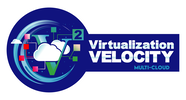
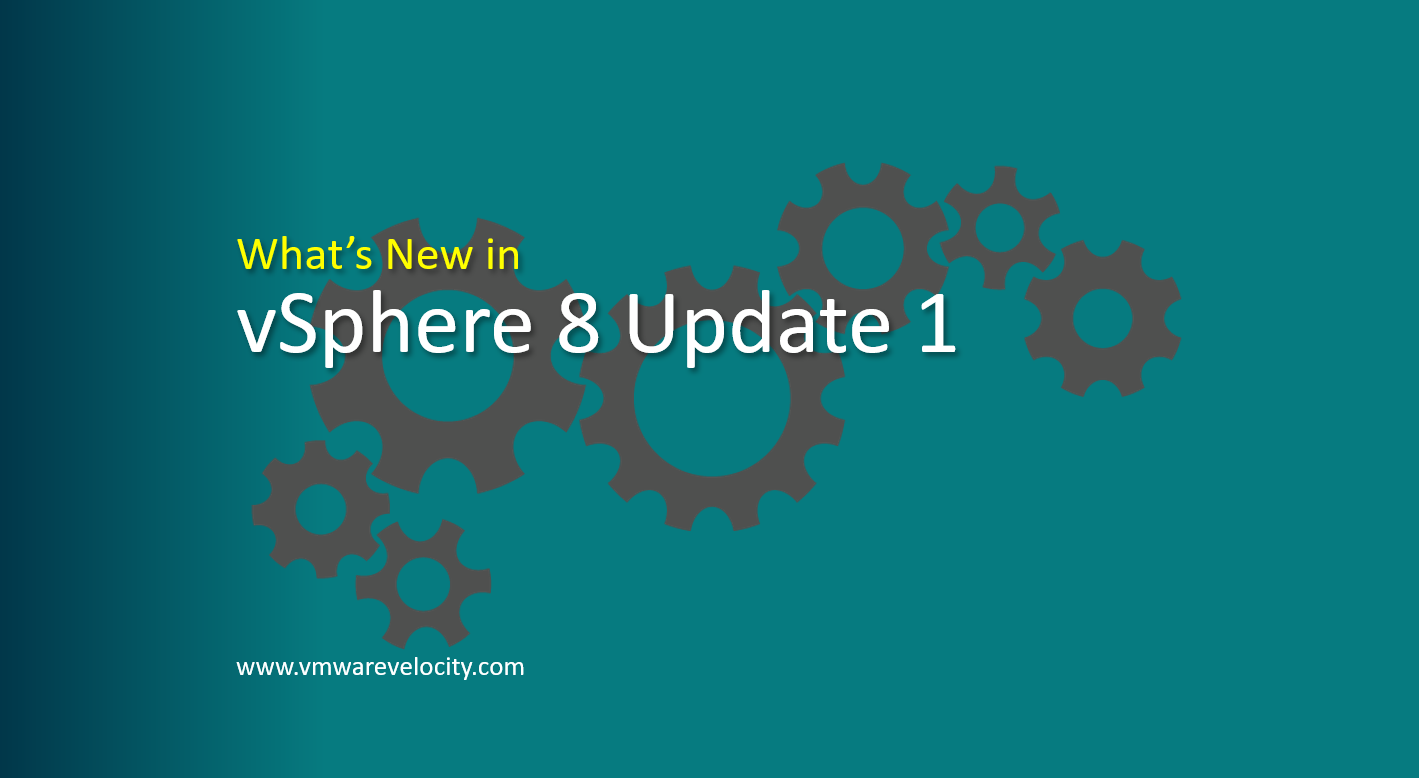
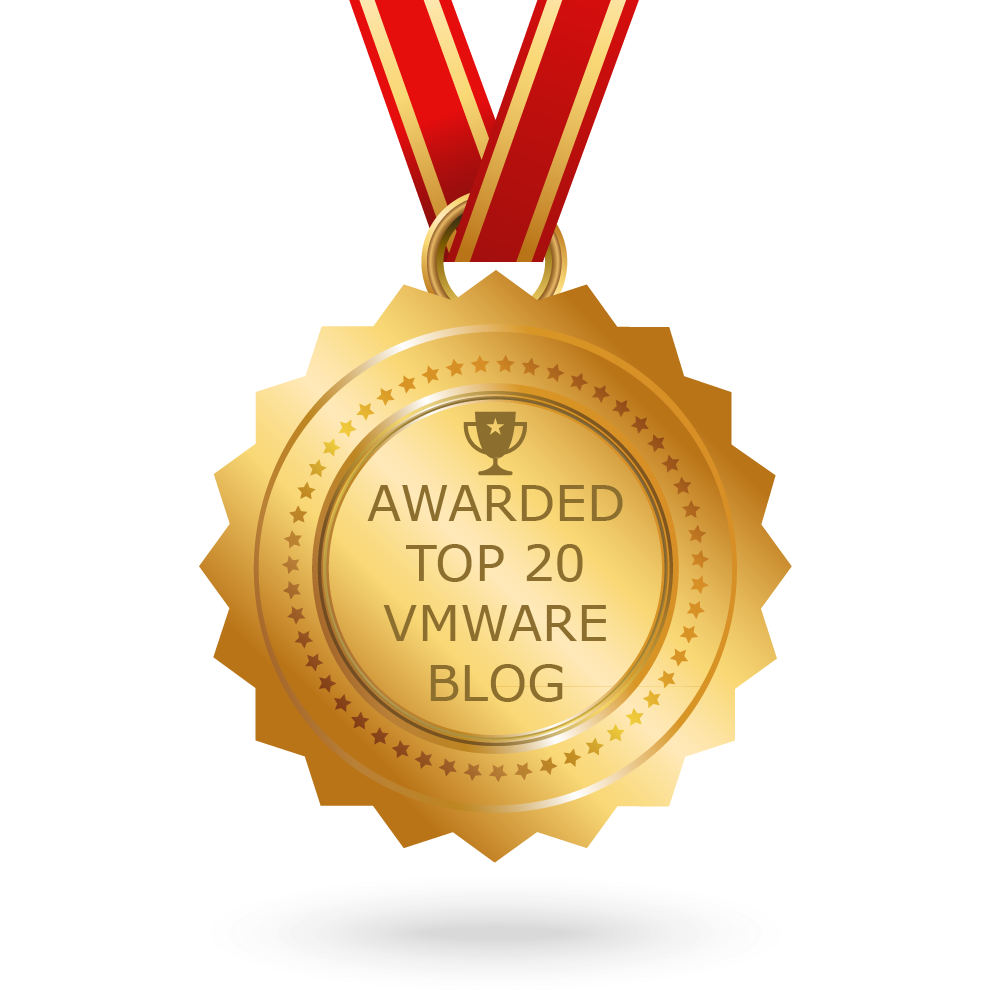
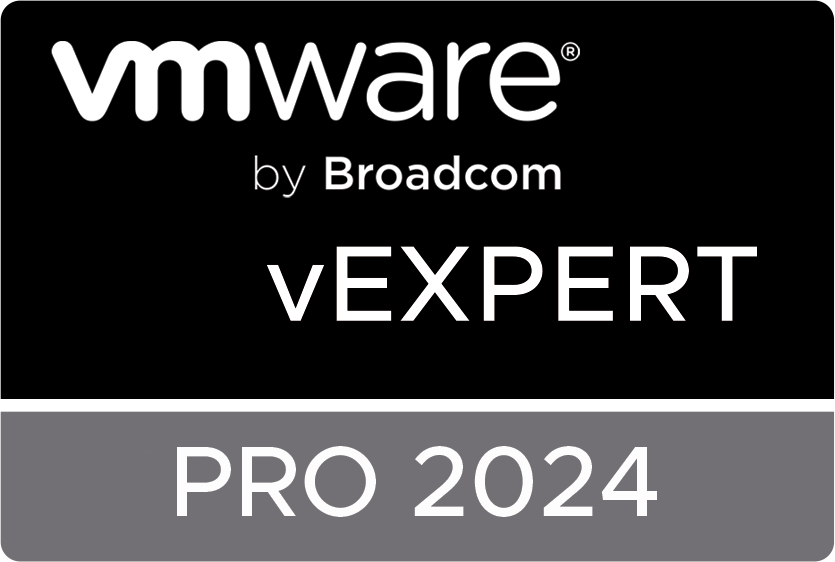


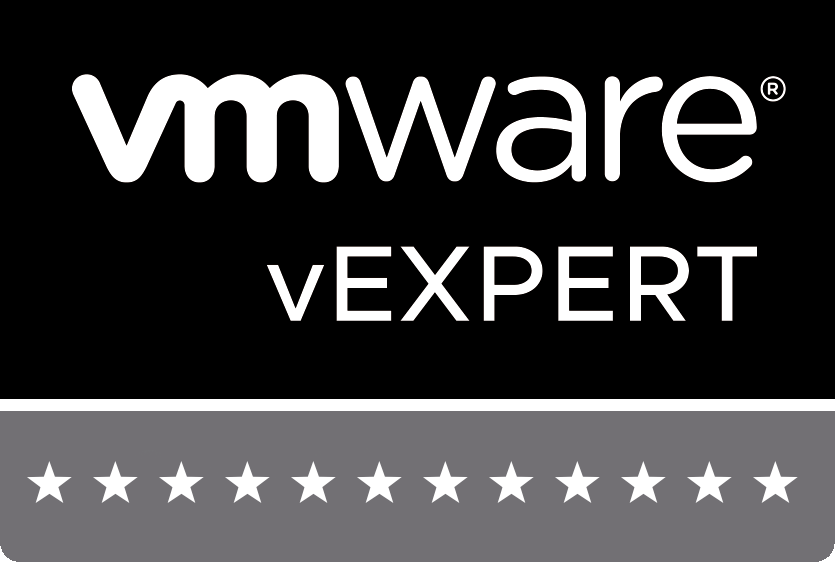


 RSS Feed
RSS Feed